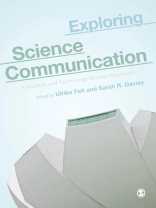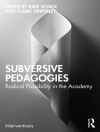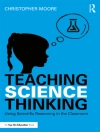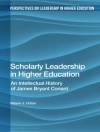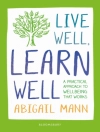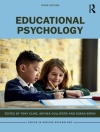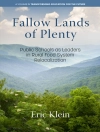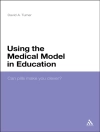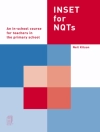Exploring Science Communication demonstrates how science and technology studies approaches can be explicitly integrated into effective, powerful science communication research. Through a range of case studies, from climate change and public parks to Facebook, museums, and media coverage, it helps you to understand and analyse the complex and diverse ways science and society relate in today’s knowledge intensive environments. Notable features include:
- A focus on showing how to bring academic STS theory into your own science communication research
- Coverage of a range of topics and case studies illustrating different analyses and approaches
- Speaks to disciplines across Media & Communication, Science & Technology Studies, Health Sciences, Environmental Sciences and related areas.
With this book you will learn how science communication can be more than just about disseminating facts to the public, but actually generative, leading to new understanding, research, and practices.
Tabela de Conteúdo
Chapter 1. Introduction
Part I – STS Concepts and Sensitivities
Chapter 2. Conceptual Framings: STS Research for Science Communication
Chapter 3. What does an STS approach to Science Communication Look Like?
Part II – Mobilizing STS Concepts and Sensitivities: The Case Studies
Chapter 4. Object Biographies: The Life of a Hacked Gene Gun – Tybjerg, Karin; Whiteley, Louise; Davies, Sarah R.
Chapter 5. Public Science and Public Space: Communicating Ecologies through Landscape Design – Owens, Marcus
Chapter 6. Visual Climate Communication: Making Facts and Concerns in Popular Science Magazines – Born, Dorothea
Chapter 7. Public Health Communication: Anecdotal Evidence and Responsibility in Print Media Accounts of Obesity – Felt, Ulrike
Chapter 8. Constructing Science in Public: Framing Synthetic Yeast in News Media – Szymanski, Erika
Chapter 9. Science, Emotion, and Identity Online: Constructing Science and Selves on “I Fucking Love Science” – Marsh, Oliver
Chapter 10. Coproducing Knowledge and Nation States: Nutrition Communication and the making of Citizens – Ben Shachar, Teharlev Erela; Davidovitch, Nadav
Chapter 11. Communicating Forensic Genetics: ‘Enthusiastic’ Publics and the Management of Expectations – Amelung, Nina; Granja, Rafaela; Machado, Helena
Part III – Concluding Thoughts
Chapter 12. Connections, Assemblages, and Open Ends
